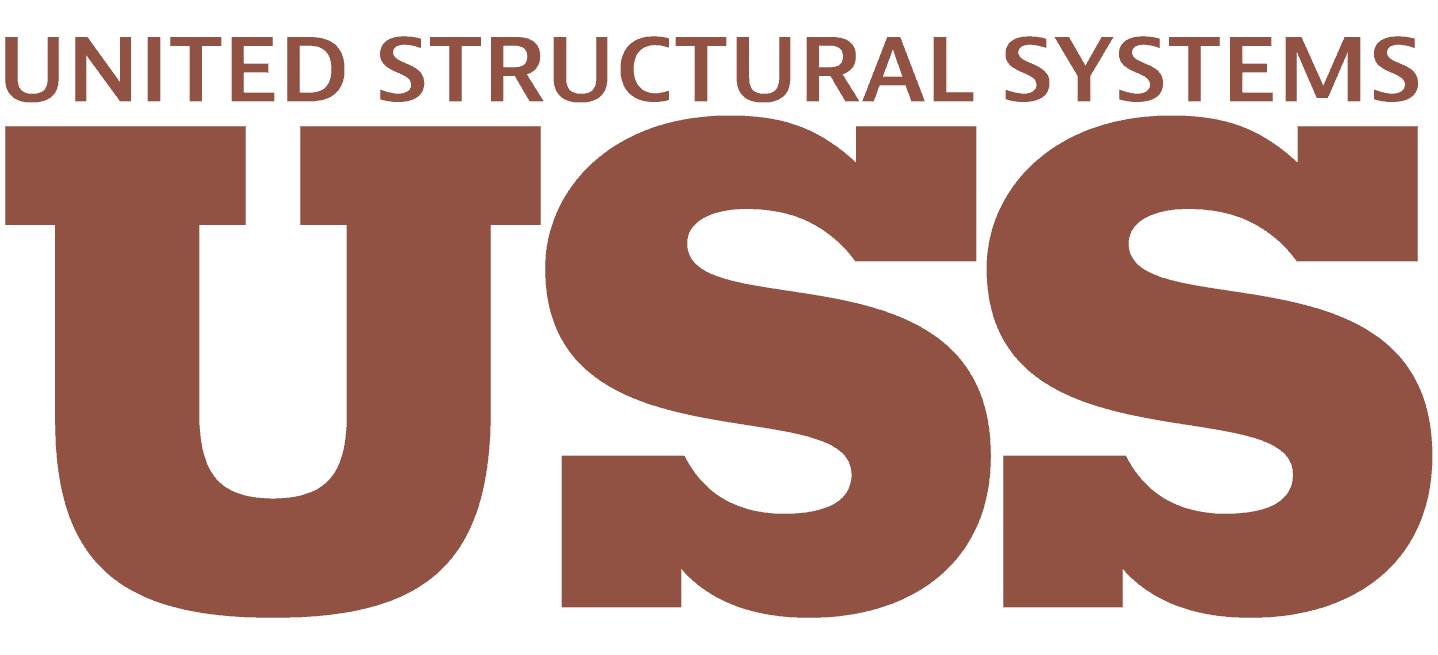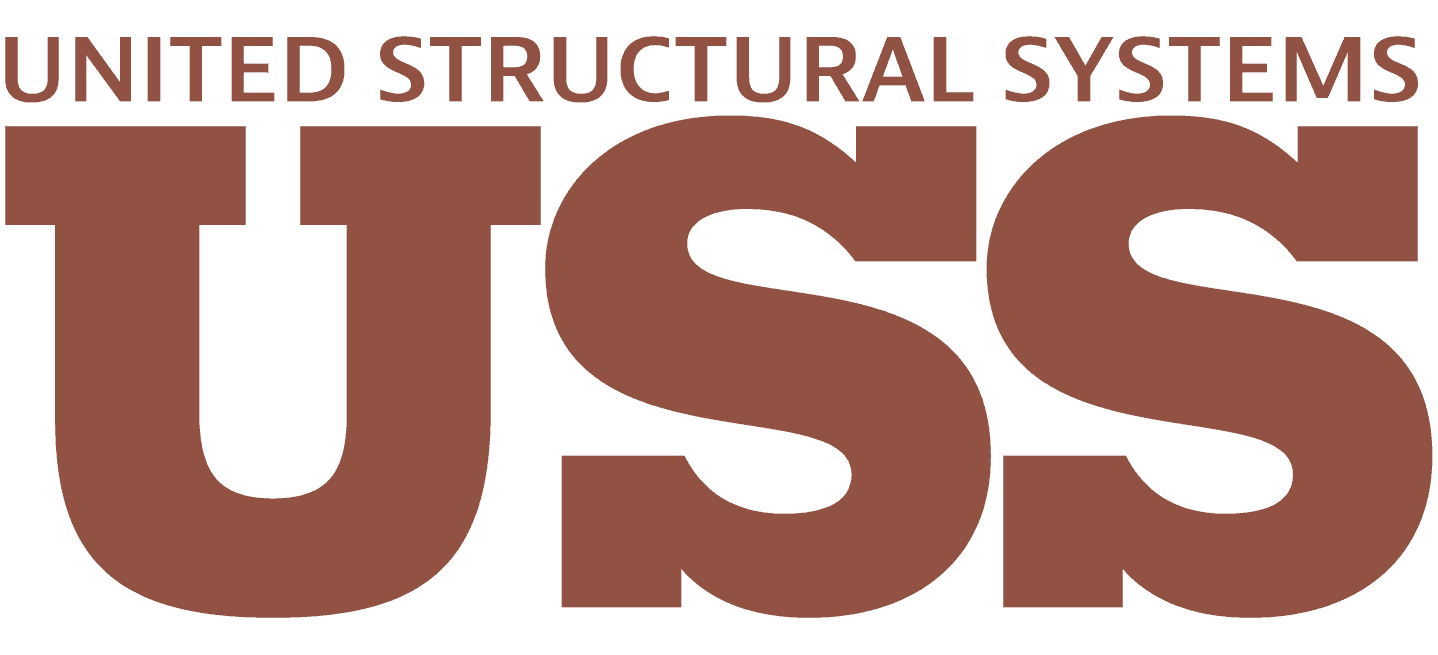How to Identify the Top Warning Signs of Structural Damage in Homes
Homeowners often face the challenge of maintaining their houses, and one of the most concerning issues they might encounter is structural damage. Structural damage can occur for various reasons, including extreme weather conditions, foundational issues, or even the natural aging process of a home.
Identifying these signs early can help you prevent costly repairs and further damage. In this blog, we will discuss the top warning signs of structural damage and provide helpful tips on how to spot them and what actions to take.
Common Signs of Structural Damage
1. Cracking of walls: Cracks in walls are a common sign of structural damage. Look for hairline cracks and larger diagonal cracks in the drywall, especially near windows and top corners of door frames. These, as well as any horizontal or stair-step cracks in block walls, can indicate foundation problems.
2. Stuck doors or windows: If your doors or windows become difficult to open or close, it could be a sign of structural damage. This issue is often caused by soil movement or the home’s foundation shifting, leading to door and window frames warping.
3. Uneven floors or ceilings: If you notice your floors or ceilings are uneven, sagging, or sloping, it might be a sign of structural damage. This can result from foundation settlement, inadequate support, or water damage. It can also be evidence of wood rot, mold, or pests.
4. Gaps between walls and ceilings or floors: Gaps between walls and ceilings or floors can indicate that your home's structure has shifted. Foundation settlement, soil movement, or poor construction can cause this.
5. Bowing or leaning walls: Walls that bow or lean inward or outward can signify structural damage. This issue can be caused by soil pressure, foundation problems, or inadequate wall reinforcement.
How to Spot These Warning Signs
To identify these warning signs, inspect your home regularly. Look for visible cracks in walls, check doors and windows for ease of operation, and pay attention to the evenness of floors and ceilings. It's also a good idea to inspect the exterior of your home for signs of damage, such as cracks in the foundation or brickwork, as well as any visible bowing or leaning walls.
What Actions to Take If You Observe Structural Damage
If you notice any of these warning signs, it's essential to take action:
1. Consult a professional: Engage a qualified foundation repair specialist to assess the situation. They can provide expert advice on the severity of the issue and recommend the appropriate course of action.
2. Address the root cause: Once the cause of the structural damage has been identified, take steps to address it. This may involve hiring a foundation repair company to repair the foundation, address cracks in concrete or uneven flooring, or reinforce walls.
3. Monitor the situation: After repairs, monitor your home for any new signs of structural damage. Regular inspections can help you catch problems early and prevent them from escalating.
The Risks of Ignoring Structural Damage
Ignoring structural damage can lead to severe consequences, including further damage to your home, costly repairs, and potential safety hazards. Prolonged structural issues can cause significant damage to your home's foundation, walls, and overall stability, ultimately affecting its value and posing a risk to your family and visitors.
By watching for the common warning signs, consulting United Structural Systems when necessary, and addressing issues promptly, you can protect your greatest investment--your home and your family. Call our team at (615) 307-9510 to learn more about our structural repair services.

.2307051304280.jpg)